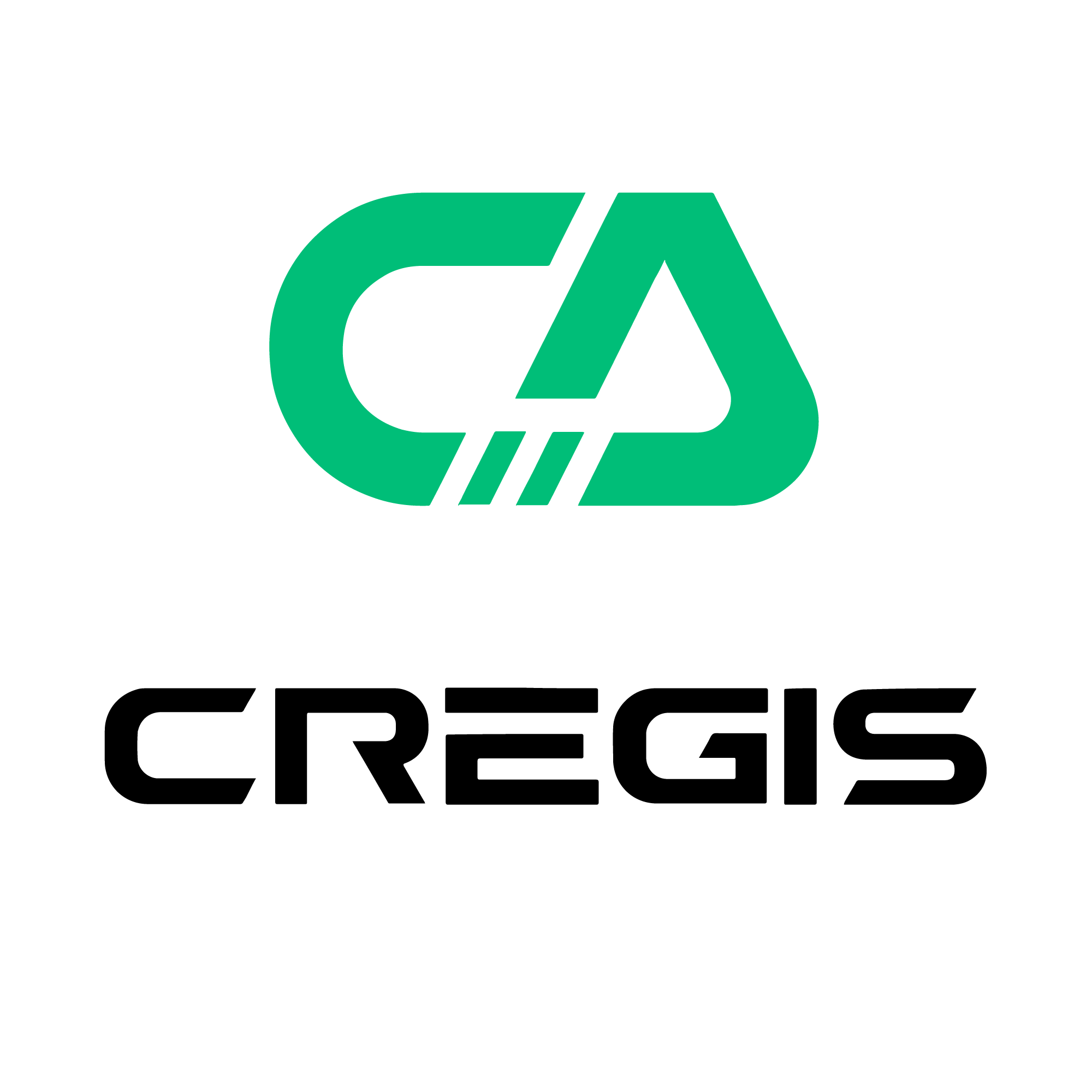Key Takeaways
- Compare Multi-Party Computation (MPC) and Multi-Signature (Multi-Sig) wallet architectures.
- Understand the technical foundations, strengths, and trade-offs of each solution.
- Learn how self-custody, hybrid, and centralized MPC models serve different user profiles.
- Get practical guidance on risk management, implementation, and key decision criteria.
Introduction: Why Wallet Security Architecture Matters in 2025
In 2025, securing digital assets is no longer optional—it’s fundamental to enterprise operations, investment strategies, and end-user trust. With rising incidents of wallet breaches, private key compromises, and regulatory scrutiny, the choice of digital wallet architecture is more important than ever.
Two of the leading security models—Multi-Signature (Multi-Sig) and Multi-Party Computation (MPC)—represent distinct approaches to managing private key risk. This guide provides a detailed comparison to help enterprises, developers, and individual users choose the most appropriate solution for their needs.
Understanding Traditional Wallet Architecture and Its Limitations
Most traditional wallets (e.g., MetaMask) use a single private key generated through BIP 39 and BIP 32 standards. This architecture is vulnerable due to:
- Single point of failure (if the private key is lost or stolen)
- Susceptibility to malware and keyloggers
- Risk of human error in backup or passphrase handling
- Device compromise leading to irreversible asset loss
The rise of institutional crypto usage has necessitated more resilient security models like Multi-Sig and MPC.
What Is Multi-Signature (Multi-Sig) Technology?
Multi-Sig wallets split transaction authorization across multiple private keys. Transactions only execute when a predefined number of parties sign.
Pros:
- On-chain transparency and auditability
- Mature ecosystem with institutional adoption
- Simple, clear security model
- No proprietary technology or vendor lock-in
Cons:
- High gas costs due to on-chain execution
- Chain-specific implementations (e.g., not cross-chain compatible)
- Complex setup and recovery processes
- Smart contract vulnerabilities
What Is MPC Wallet Technology?
Multi-Party Computation (MPC) is a cryptographic technique where no single party ever holds the full private key. Instead, key shards are distributed, and transactions are signed collaboratively without exposing full key material.
Core Components:
1. Distributed Key Generation
- Shard creation and separation
- Threshold-based reconstruction
2. Secure Computation Protocol
- Encrypted communication
- Multi-party validation
- Zero-knowledge verification
3. Threshold Signature Scheme
- Partial signature contribution
- Full signature assembly
- Secure transaction validation
Advantages:
- No single point of failure
- Chain-agnostic and cross-platform compatible
- Flexible for different custody models
- Enables better UX with secure recovery flows
MPC Wallet Deployment Models
1. Self-Custody MPC
- All shards controlled by the business/user
- No third-party involvement
- Ideal for institutions, treasury teams, and HNWIs
- Trade-off: Operational complexity and key management burden
2. Hybrid MPC Custody
- Shared control with a service provider
- Built-in recovery mechanisms
- Balanced model for fintechs and advanced users
- Trade-off: Requires partial trust in provider and recovery protocol
3. Centralized MPC Custody
- Service provider handles most operations
- Retail-friendly UX and recovery
- Suitable for crypto newcomers or consumer wallets
- Trade-off: Higher reliance on third-party trust and security posture
Security and Risk Analysis: MPC vs Multi-Sig
| Criteria | MPC | Multi-Sig |
| Point of Failure | Shard-based, no single point | Multi-key, but dependent on contract logic |
| Chain Compatibility | Chain-agnostic | Often chain-specific |
| Recovery Mechanism | Advanced but complex | Less flexible, often manual |
| Operational Complexity | Higher for self-custody setups | Moderate depending on implementation |
| Cost (Gas Fees) | Typically lower (off-chain signing) | Higher (on-chain signature verification) |
| Security Dependencies | Cryptographic security + provider integrity | Smart contract integrity |
Practical Considerations Before Choosing
1. Technical Requirements
- Infrastructure: Secure enclave support, encrypted channels, backup frameworks
- Personnel: Security engineering, training in key ceremonies
- Processes: Regular audits, incident response, compliance reporting
2. Cost Considerations
- Initial setup costs (infra + development)
- Operational expenses (security audits, monitoring)
- Risk management costs (insurance, continuity planning)
Future Trends in Wallet Security
- Advanced MPC protocols improving scalability and performance
- Cross-chain MPC support to unify multichain asset custody
- User-focused enhancements like smart contract integration and seamless recovery
- AI-enhanced fraud detection within wallet interfaces
Both MPC and Multi-Sig will evolve, but MPC is likely to take the lead in areas like flexibility, chain neutrality, and user experience.
Conclusion: Choosing the Right Wallet Security Strategy
For Enterprises:
- Recommended: Self-custody or hybrid MPC, depending on internal capabilities
- Ensure:Full control over key materialsStrong audit and recovery processesMinimal reliance on third parties
For Individual Users:
- Recommended: Hybrid or centralized MPC
- Look for:Reputable wallet providers with clear security documentationEasy-to-use recovery flowsStrong incident history and support
Red Flags to Watch For:
- Wallets claiming both "self-custody" and "automated recovery"
- Unclear documentation on custody model or shard access
- Overly optimistic or vague security claims
How Cregis Can Help
At Cregis, we specialize in building secure, scalable wallet solutions across the custody spectrum:
- MPC Self-Custodial Wallets for institutions
- Wallet-as-a-Service with hybrid custody support
- Developer-friendly APIs and crypto payment infrastructure
- Our MPC architecture is designed for both performance and regulatory compliance—helping you build wallet strategies that grow with your business.
关于Cregis
Cregis成立于2017年,是企业级数字资产基础设施领域的全球领导者,为机构客户提供安全、可扩展且高效的管理解决方案。
为应对区块链系统碎片化和资产安全风险方面的挑战,Cregis提供基于MPC的自托管钱包、WaaS解决方案和支付引擎,打造高度整合且合规的数字资产管理平台和生态。
迄今为止,Cregis已为全球超过3,500家机构客户提供服务。为交易所、金融科技平台和Web3企业提供了安全的区块链技术接入方案。凭借多年在区块链和安全领域的成熟专业知识,Cregis助力企业加速Web3转型,把握全球数字资产发展机遇。

